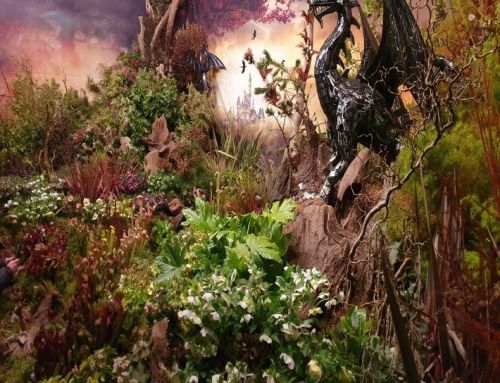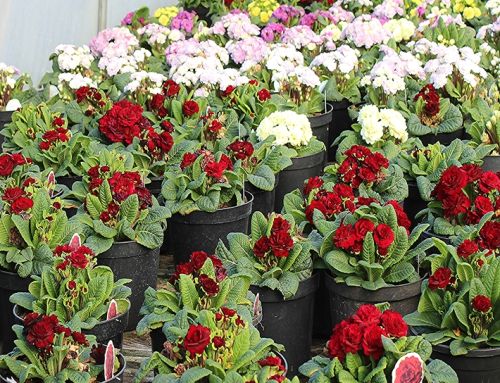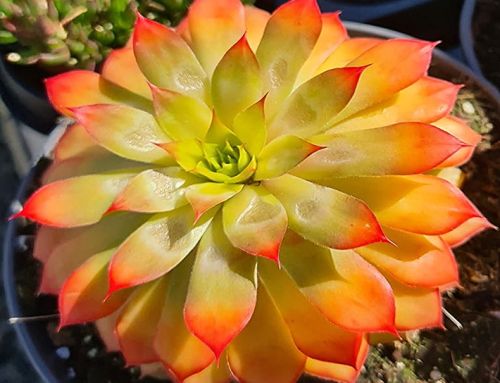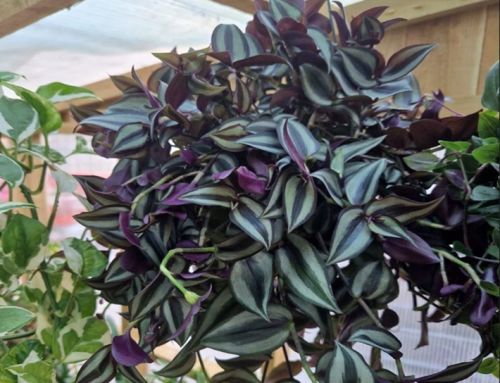Growing from Bulbs
The true joy of gardening starts here! One of the most satisfying sight for gardeners is the moment after waiting weeks, sometimes months when the first shoot breaks through and then grows and flourishes into flowers. We have a large selection of bulbs to create your very own display of colourful flowers. From the spring time favourites like Daffodils and Crocus to the autumn flowering Nerines, your borders beds and containers can look glorious all year round. The term bulb will often refer not only to true bulbs but also to plants with tuberous roots, tubers, corms and rhizomes, and the same growing tips can be applied to all these.
 Generally, there are two types of bulbs, the spring and the summer ones. The Spring planting ones are also known as hardy bulbs and planted in the autumn, spending winter underground and flowering in the spring. The Summer Bulbs are tenderer and should be planted in spring once the ground has warmed up a little and there is no longer a threat of frost. These will flower in summer, and some will even bloom into autumn.
Generally, there are two types of bulbs, the spring and the summer ones. The Spring planting ones are also known as hardy bulbs and planted in the autumn, spending winter underground and flowering in the spring. The Summer Bulbs are tenderer and should be planted in spring once the ground has warmed up a little and there is no longer a threat of frost. These will flower in summer, and some will even bloom into autumn.
Preparing to plant
There are several ways to plant bulbs, they can either be planted individually, or in layers if you would like to stagger your bloom time for a continual show. Whichever you decide upon it is best to plan before you plant!
- To create a greater visual impact it is best to plant in clusters.
- If you wish to prolong flowering time then plant a combination of early, mid and late season bulbs.
- Layer planting heights from front to back when planting varieties that will flower at the same time.
- Consider planting taller bulbs or companion plants to hide the dying foliage of low growing bulbs once they are past their best.
- Perennial companion plants are ideal to keep the area looking nice while bulbs are dormant, consider pairing with Hellebores, Hostas, Dicentra, Brunnera, Sedum, Coreopsis or Hemerocallis.
Once you have decided what you want to achieve and the time is right for planting then you can pop them in the ground.
Where to plant
They like sunlight and good drainage. Good drainage is needed to prevent the bulbs from rotting. They like a loamy or slightly sandy soil that will provide the drainage required and the nutrients that they need. Early spring flowering bulbs can be planted under deciduous trees, as they will have enough sunlight to grow before the leaves block out the light. However, you must bear in mind that they also need sunlight later on in the year to gather energy to flower the next year so it is unlikely that they would bloom as well as they should the following year.
They like a loamy or slightly sandy soil that will provide the drainage required and the nutrients that they need. Early spring flowering bulbs can be planted under deciduous trees, as they will have enough sunlight to grow before the leaves block out the light. However, you must bear in mind that they also need sunlight later on in the year to gather energy to flower the next year so it is unlikely that they would bloom as well as they should the following year.
How to plant
For Individual Planting
- Determine the depth that they need to be planted, if your bulbs come in a pack the information will be shown on the packaging. If bought loose and you are unsure a good general rule of thumb is to plant 2-3 times as deep as the length of the bulb. If you do not plant them deep enough then they will be exposed too soon, and at risk of frost damage, whereas if planted too deep they will either bloom late or not at all.
- Loosen the soil and mix in any organic material required, either a bulb fertiliser or drainage improver.
- The bulbs need to be planted pointy end up with the roots down. If you are unsure which end is which then it is safer to plant on its side and it will find its way to the surface.
- Cover with soil and a light layer of mulch and water well to get them settled in.
For Layered Planting
If you are looking at having a continual bloom of bulbs then you will need to layer them, this works well in large containers, the containers will need to be deep and wide. This works just as well in beds and borders, and can be adjusted to few layers if needed. The method is just like making a lasagne.
- Once again, determine the depth required, starting from the bottom up, I would start with some late spring flowering bulbs such as Tulips or Daffodils, which can be planted at about 8” deep (20cm) and cover with approximately 2” (5cm) of soil.
- Next add some mid spring ones such as Hyacinth and once again cover with 2” (5cm) of soil.
- Then add some early spring bulbs, Muscari or Crocus for example, and again cover with 2” (5cm) of soil.
- Finally add a few more earlies for good measure, cover with soil and a thin layer of mulch.
- If you would like something colourful whilst waiting for the bulbs to grow why not over plant with some winter pansies or violas.
Looking after your bulbs
Once your bulbs have finished flowering, cut back the flower stem only leaving the foliage until it turns yellow and wilts. It is the foliage that gathers and stores the energy to grow the following year, so if the foliage is cut back too soon the bulbs may not perform well. Most spring bulbs do not need to be dug up apart from Tulips. Our climate allows for most spring bulbs to stay in the ground where they will multiply and return year after year.
If you need to dig them up, then cut the remaining stem and foliage back to just a few inches above ground level, loosen the soil and gently remove them. Shake off as much soil as possible from the bulb and its roots. Spread them out on newspaper for a few days in a cool shady place to allow them to dry. They can then be stored in a cool, dark and dry location such as a garage or shed. It is best to store them in either an aerated paper or mesh bag or a cardboard box with holes, as they need to breathe. Check on your bulbs monthly to make sure they do not have any mold or rot.
Picking the best bulbs
When purchasing your bulbs check that there are no signs of disease, mold, rot or damage. They should be firm to the touch, not soft or spongy! At the time of purchase there should be little or no signs of root growth or sprouting, with the exception of Lilies as they often have fleshy roots attached. It is recommended that you buy quality bulbs; it really does make the difference when it comes to flowering. All our bulbs are sourced from Taylors Bulbs. They are amongst the best in the country, guaranteed to be disease free and true to type.







